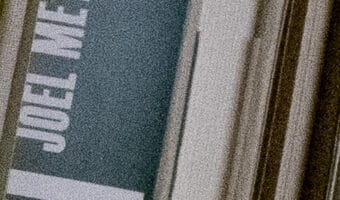In the previous post, I compared the Fuji 35-70 GF against the 32-64 GF using foliage as the subject. I looked at the center of the images there; now I’ll look at the corner performance. I set up the GFX 100S as follows: RRS 4-series Versa legs Arca-Swiss C1 2-second self timer ES ISO… [Read More]
GF 35-70 and 32-64, foliage, on axis
I set up on one of my usual foliage test scenes, shown here with the 35-70 at 35 mm wide open. I set up the GFX 100S as follows: RRS 4-series Versa legs Arca-Swiss C1 2-second self timer ES ISO 100 AF-S for three shots, picking the best sharpness in post; this calibrates… [Read More]
Pulling high-ISO GFX 50x images in LrC
I have long recommended not using the GFX 50x ISO settings above ISO 1600 unless necessary to get adequate finder and preview image brightness. Yesterday, I reported on pushing files exposed at ISO 1600 by three stops in Lightroom Classic (LrC) and compared the results to files exposed at ISO 12800. There were white balance… [Read More]
GFS 50S high-ISO behavior and LrC development
The GFX 50S, GFX 50R, and GFX 50S Mk II all stop increasing gain for raw file data at ISO 1600. From then on they brighten the finder image and the JPEG preview image in the raw file, and send instructions to the raw developer to do a push to make the brightness match that… [Read More]
Field curvature in the Fuji GF 35-70
I ran Roger’s Q&D test: https://www.dpreview.com/articles/1351719699/roger-cicala-field-curvature-for-fun-and-profit This looks really good.
- « Previous Page
- 1
- 2
- 3
- 4
- 5
- …
- 46
- Next Page »




